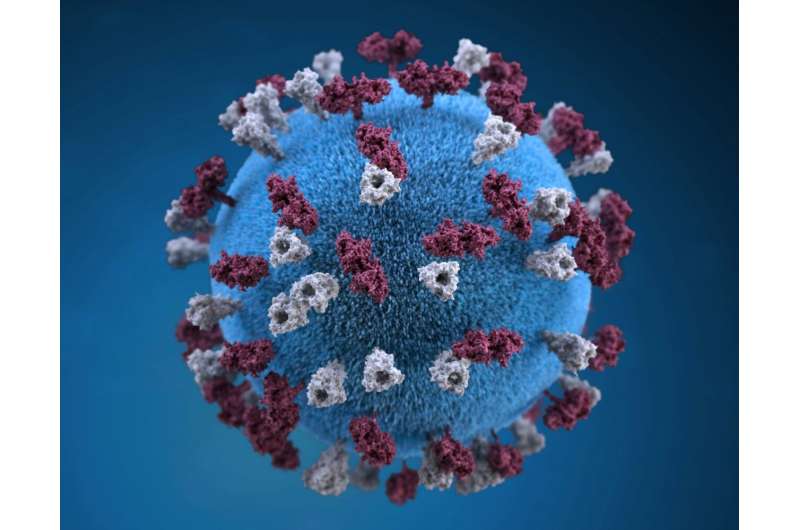New Female-Specific Pathway in Brown Fat Enhances Energy Burn in Women

A groundbreaking study reveals a female-specific mechanism in brown adipose tissue that enhances energy expenditure. Centered on PGC-1α and estrogen, this pathway offers promising avenues for obesity and diabetes therapies. Source: https://medicalx.press.com/news/2025-09-female-specific-mechanism-energy-expenditure.html
Recent research from Japan has uncovered a sex-specific mechanism in brown adipose tissue (BAT) that boosts energy expenditure in females. The study shows that higher activity of the protein PGC-1α in female brown fat cells promotes thermogenesis—the process of heat generation—by supporting mitochondrial health and phospholipid synthesis. This process is strengthened by estrogen signaling, which further enhances lipid metabolism in female mice, leading to a more efficient heat production compared to males.
The team, led by Assistant Professor Kazutaka Tsujimoto and colleagues from the Institute of Science Tokyo and the University of Tokyo, employed advanced multi-omics techniques to analyze the role of PGC-1α. They found that removing this protein from brown fat cells impaired heat production exclusively in female mice, evident from reduced body temperature under cold conditions, decreased oxygen consumption, and compromised mitochondrial structure.
Mechanistically, PGC-1α activates genes involved in de novo lipogenesis via ChREBPβ, a transcription factor that regulates lipid synthesis. This pathway produces vital phospholipids like cardiolipin and ether-linked phosphatidylethanolamine, crucial for maintaining mitochondrial integrity and functionality. The interaction between PGC-1α and estrogen amplifies this lipid-synthesis pathway, explaining why female BAT outperforms male BAT in energy expenditure.
Further experiments demonstrated that suppressing ChREBPβ mimicked the mitochondrial and thermogenic deficits seen with PGC-1α deletion, but these effects were specific to females. This discovery highlights a pivotal female-specific metabolic pathway, potentially opening avenues for therapeutic strategies to combat obesity and related metabolic disorders by targeting PGC-1α-mediated phospholipid synthesis.
Overall, the findings emphasize the importance of sex differences in metabolic regulation, with PGC-1α and estrogen playing central roles in female BAT’s superior ability to burn calories. Enhancing this pathway could lead to innovative treatments aimed at improving metabolic health and preventing obesity and type 2 diabetes.
Stay Updated with Mia's Feed
Get the latest health & wellness insights delivered straight to your inbox.
Related Articles
New Research Uncovers How Vaccines Elicit Rapid Lymph Node Responses
New research reveals that vaccines trigger early and rapid responses within lymph nodes, shaping immune activation far sooner than previously understood. Insights into stromal cell changes could improve future vaccine design.
Measles Outbreak Expands Across 34 States, Focus Shifts to North Dakota
Measles cases are spreading across 34 states in the US, with North Dakota now experiencing the highest infection rate. Public health efforts focus on increasing vaccination and combating misinformation to curb the outbreak.
Gummy Shark: A Safe and Sustainable Protein Alternative for Children with Fish Allergies
New research indicates that gummy shark may be a safe and sustainable dietary option for children with fish allergies, offering hope for better nutrition and allergy management.
New Insights into Hemoglobin’s Protective Role in Brain Cells Suggest Promising Therapeutic Strategies
New research reveals hemoglobin’s crucial antioxidant role in brain cells, opening innovative therapeutic strategies for neurodegenerative diseases and aging-related oxidative stress.



